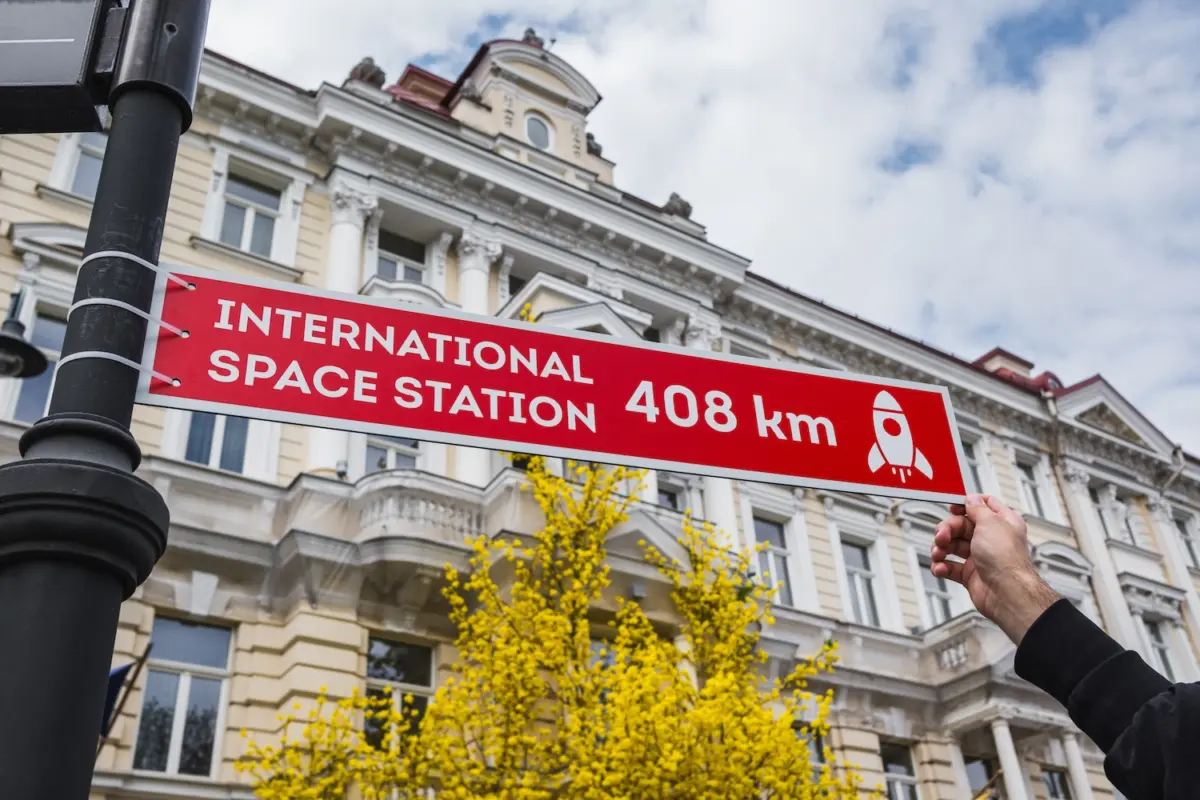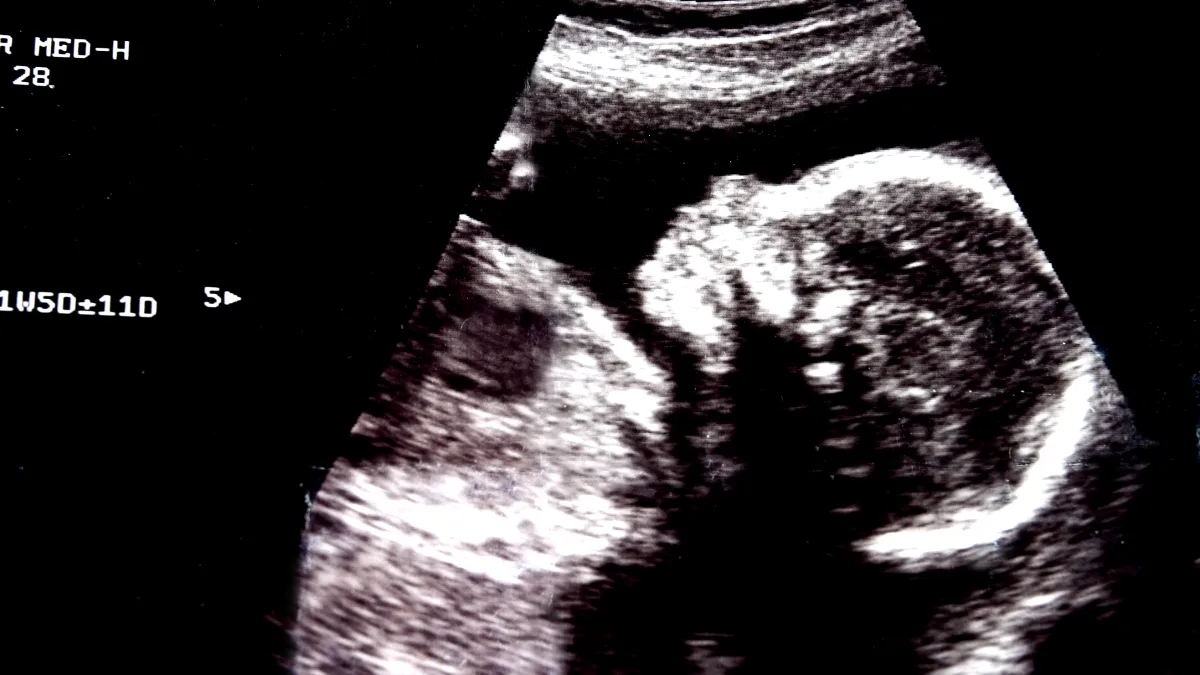When we think of space technology, the mind typically wanders to Houston. Vilnius, the Lithuanian capital, rarely features in such mental voyages. Yet the city is quietly establishing itself as a hub for companies developing space technologies with dual civilian and military applications, at a time when Europe is intensifying its focus on defence innovation.
The stakes are substantial. The global space sector is expected to triple in value from 554 billion euros in 2023 to 1.66 trillion euros by 2033. Lithuania’s strategic position in this expansion was bolstered in 2021 when it became an associate member of the European Space Agency (ESA), creating new avenues for local firms to participate in European space initiatives.
Lithuanian officials have set an ambitious target of almost tripling the number of companies participating in the space supply chain—from 30 to 85—within five years.
Reaching for the stars—and shields
What distinguishes Vilnius in the space race is the notable convergence between space technology and defence capabilities.
“Space technologies are enabling technologies,” explains Eglė Elena Šataitė, head of Space Hub LT, a Vilnius-based agency supporting space companies. “Without space innovations, there are no defence innovations—no new, groundbreaking technologies that can ensure European security and non-dependence, economic stability and betterment of societies.”
This integration is exemplified by firms like Blackswan Space, which develops autonomous satellite navigation and in-orbit servicing technologies applicable in both commercial operations and defence systems. Such dual-use innovations are increasingly central to European security strategy, particularly as the EU expands funding through the European Defence Fund.
Specialisation, not scale
The Lithuanian approach leverages established strengths in adjacent industries rather than attempting to compete with major aerospace manufacturing nations.
“In Lithuania, industries that first gained knowledge and accelerated growth in other sectors, like security and defence, life sciences, and lasers, are now also leading in space business,” says Šataitė. “These companies provide niche capabilities that enable secure communication, human space missions, in-space economy, and downstream applications for various purposes.”
Indeed, the well-established laser industry in Vilnius has already contributed components to ESA missions, including the Aeolus satellite—the first to acquire profiles of Earth’s wind on a global scale. Similarly, the country’s life sciences sector is applying its expertise to develop solutions for extended space missions.
Nimble navigation
Vilnius’s space sector may lack the scale of aerospace giants, but it compensates with specialisation and adaptability.
Laurynas Mačiulis, co-founder and CEO of Astrolight Space, which develops Earth-to-satellite communications through high-speed laser links, describes this approach.
“Ideally, there would be a balance in the number of solely space-tech focused and those with dual focus. But the truth is, the space market has its complexities, and not every ground-based tech transfers easily,” he says.
“Being diverse is what helps businesses tap into the space sector’s potential while continuing to benefit from expertise in other tech fields. This versatility not only strengthens their market position but also opens up new economic opportunities.”
The digital dimension is equally important. According to Juozas Vaicenavičius, CEO at Sensmetry, a Vilnius-based digital systems engineering firm, believes that Lithuania has the potential to excel in digital engineering solutions for space systems, including generative engineering and digital twin technologies.
“The complexity of modern space systems is exploding beyond human comprehension capabilities. At the same time, the systems need to be built faster, cheaper, and perform more reliably than ever before. This pushes the space system design and development to happen in the digital world of computers rather than the physical space,” he says.
This agility has yielded results. NanoAvionics, which emerged following the 2014 launch of Lithuania’s first satellites, recently secured a 122.5 million euros contract to build 280 satellites for a global broadband constellation. Meanwhile, companies like Astrolight Space and DeltaBiosciences are preparing for flight missions in 2026 and 2027.
As Europe responds to evolving security challenges, Vilnius demonstrates how targeted expertise and cross-sector collaboration can create substantial impact even from smaller technology ecosystems.
To mark this cosmic progress, the city has installed new signs pointing toward the International Space Station—perhaps a subtle suggestion that Vilnius’s technological ambitions now extend beyond terrestrial bounds.







